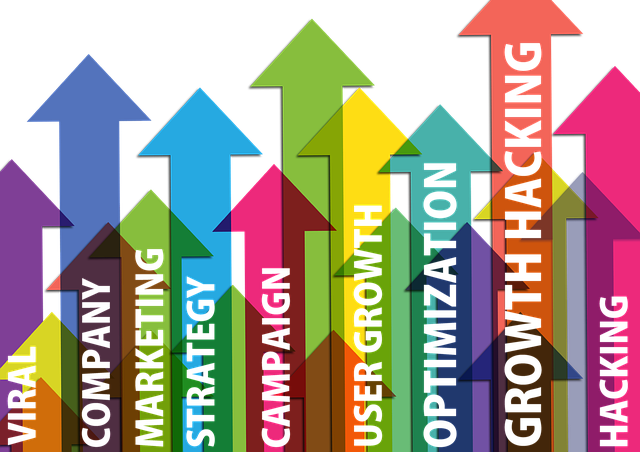AI food photo recognition technology transforms calorie estimation by using machine learning algorithms to identify foods from images and determine their nutritional content accurately from extensive databases, offering a convenient alternative to traditional methods. Ideal for health-conscious individuals, these apps provide quick, reliable, and up-to-date calorie estimates through user-friendly interfaces. Additionally, they aid in managing food sensitivities by identifying dietary triggers via image analysis, offering personalized recommendations. However, developing such apps presents challenges from global food diversity and individual preferences to data privacy and security concerns; algorithms must continuously adapt based on user feedback for effective, personalized nutritional guidance.
Smart nutrition apps are transforming the way we manage our diets, particularly by leveraging advanced AI food photo recognition for accurate calorie estimates. These applications analyze food images to identify ingredients and calculate nutritional content, offering personalized insights into dietary intake. This technology not only aids in weight management but also helps individuals with specific food sensitivities, providing valuable data on trigger foods. By exploring benefits and understanding challenges like data privacy concerns, we uncover the potential of smart nutrition apps to revolutionize personalized health monitoring.
- How AI Food Photo Recognition Works for Calorie Estimation
- Benefits of Using Nutrition Apps for Food Sensitivity Tracking
- Challenges and Considerations in Smart Nutrition App Development
How AI Food Photo Recognition Works for Calorie Estimation

AI food photo recognition has transformed the way we estimate calories, offering a convenient and accurate alternative to traditional methods. This technology leverages advanced machine learning algorithms to analyze images of foods, breaking down complex visual data into nutritional components. By comparing the input image with a vast database of food items, the AI can identify the specific dish or product, accounting for variations in serving sizes and ingredients.
Once identified, the app uses pre-established nutritional profiles to estimate calorie content. These profiles are derived from extensive datasets, ensuring that the calculations are based on reliable and up-to-date information. The AI then presents this data to users, providing a quick and easy way to track calorie intake without the need for meticulous recording or complex calculations. This feature is particularly beneficial for those aiming to maintain a healthy diet or monitor their nutrition as part of an active lifestyle.
Benefits of Using Nutrition Apps for Food Sensitivity Tracking

Using smart nutrition apps that leverage AI food photo recognition for calorie estimates offers several significant advantages for tracking and managing food sensitivities. One of the key benefits is personalized guidance based on individual dietary needs. These apps can accurately identify triggers by analyzing photos of meals, providing users with detailed insights into their consumption patterns. This data-driven approach allows for tailored recommendations, helping individuals avoid foods that cause discomfort or adverse reactions.
Moreover, AI-powered apps enhance convenience and accessibility. They eliminate the need for manual tracking and tedious record-keeping. With just a snap of a photo, users can quickly log their meals and receive immediate feedback on potential sensitivities. This real-time monitoring facilitates better decision-making when dining out or choosing food options throughout the day, ensuring individuals with food sensitivities stay informed and in control of their dietary choices.
Challenges and Considerations in Smart Nutrition App Development

In developing smart nutrition apps that leverage AI food photo recognition for calorie estimates, several challenges and considerations come into play. One primary obstacle is the vast diversity in food types, preparations, and portion sizes worldwide, making it difficult to train algorithms to accurately recognize and estimate calories across all scenarios. Additionally, individual dietary preferences, restrictions, and cultural influences can significantly impact how foods are presented and consumed, posing a challenge for universal accuracy.
Another crucial aspect is data privacy and security. Smart nutrition apps often require users to input personal health details and dietary habits, so ensuring that this sensitive information remains secure and confidential is paramount. Moreover, algorithms must be designed to adapt to user feedback and continuously improve their performance based on individual needs and preferences, fostering a more personalized and effective nutritional guidance experience.
Smart nutrition apps, powered by AI food photo recognition technology, offer a promising way to track food sensitivities and manage dietary needs. By analyzing photos of meals, these apps provide accurate calorie estimates and personalized insights into food preferences and potential sensitivities. While development challenges exist, including data privacy and accuracy, the benefits—such as improved user engagement and tailored nutritional guidance—make smart nutrition apps a valuable tool for health-conscious individuals. As this technology continues to evolve, AI food photo recognition will likely play an increasingly significant role in empowering users to make informed dietary choices.
